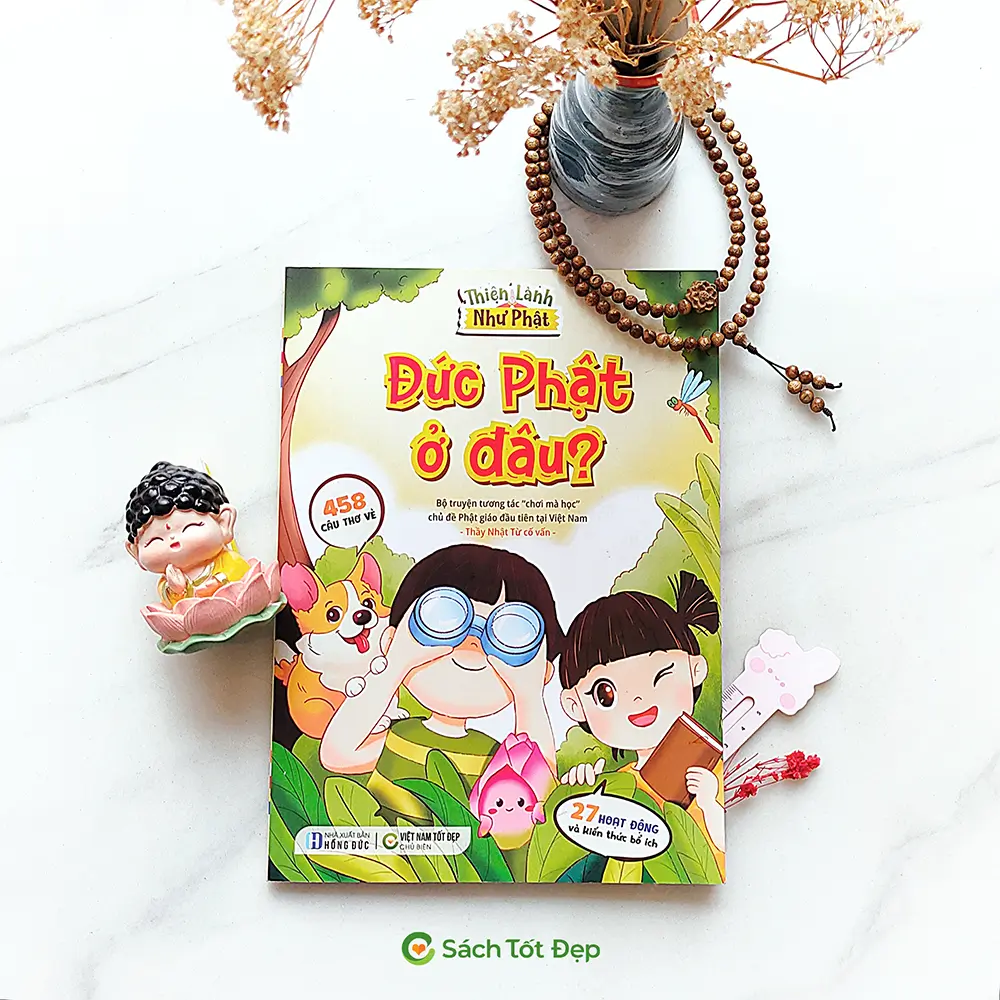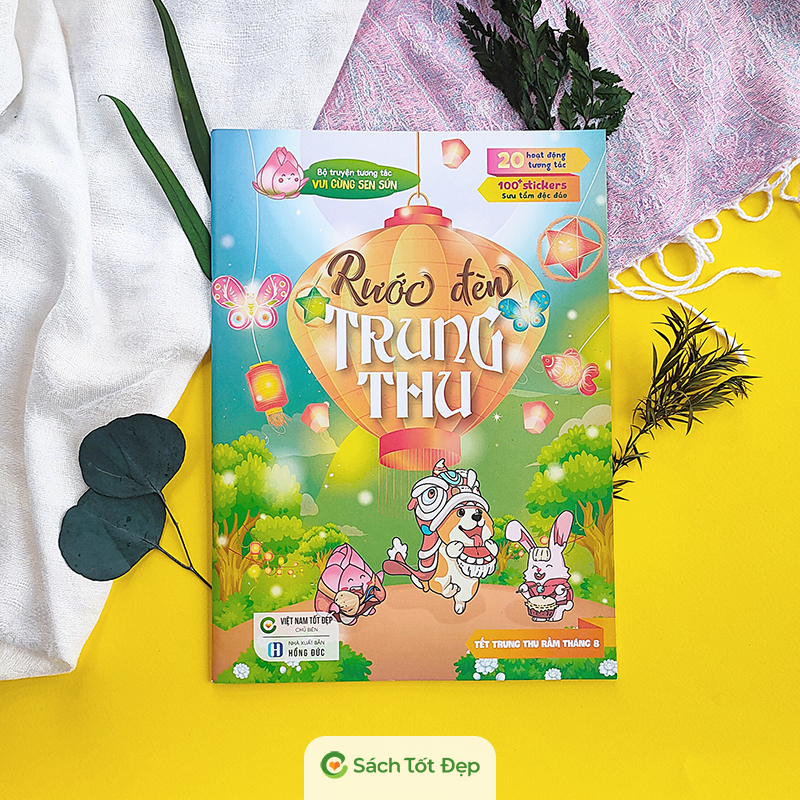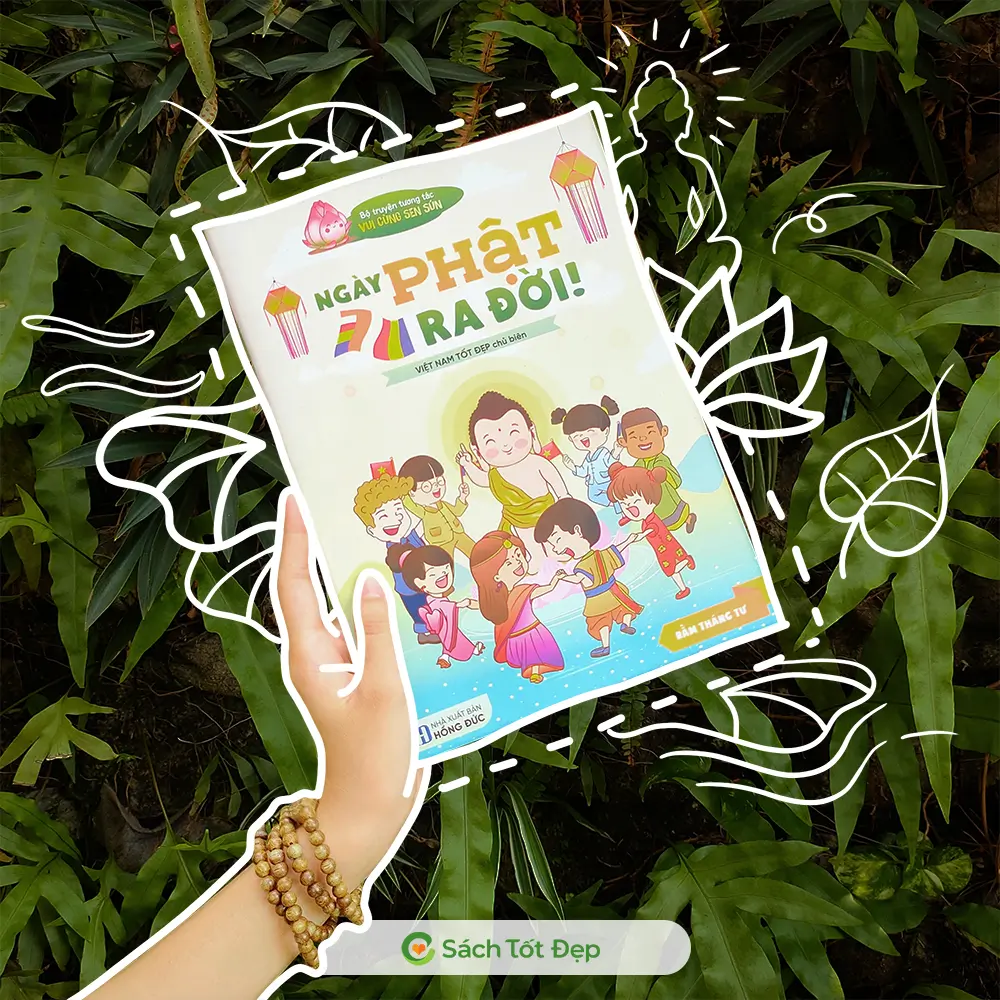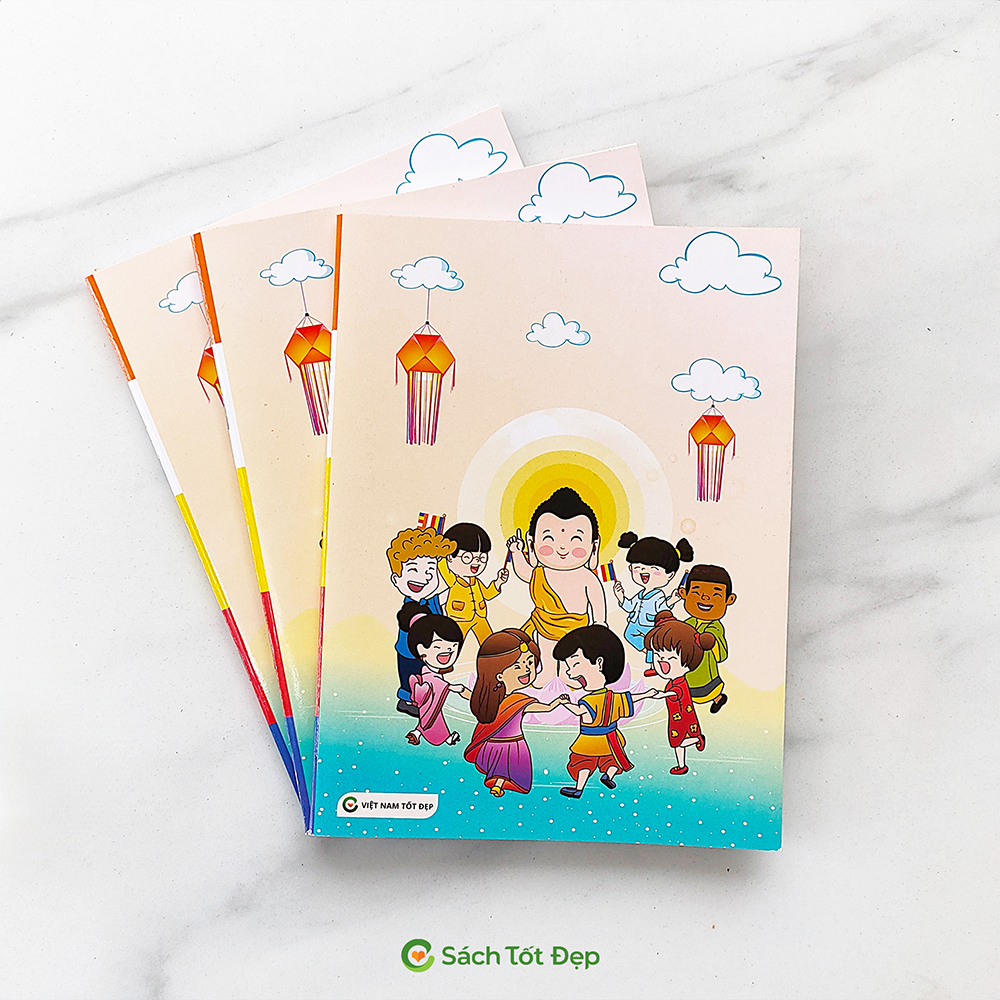Mastering the Art of Communicating Effectively with Children
9 Ways to Strengthen Relationships Through Words and Actions

Every interaction between you and a child is a form of communication. Communication is not just about words; it includes your tone of voice, your gaze, and the hugs and kisses you give to a child – all send messages to the child. How you communicate with a child teaches them how to interact with others and shapes their emotional development and future relationships.
Forms of Communication
Communication can be verbal or non-verbal.
Verbal Communication involves using words, including:
Tone and pitch of voice
Vocabulary
Dialects or words that children can best understand
Non-verbal Communication includes intentional and unintentional communication through body language, such as:
Facial expressions
Eye contact
Personal space
Hand gestures
Physical touch like hugs
Here are nine tips to practice verbal and non-verbal communication skills:
1. Active Listening
Active listening makes a child feel heard and understood. Use encouraging smiles and nodding to show you care about what the child says and what they truly care about. Lowering yourself to the child’s eye level during conversations can make them feel safer and more connected to you.
2. Reflective Listening
Mirroring what the child says with different words is a great way to show you are attentive and care about their words. For example, if a child says, “I won’t play with Marco anymore,” you could respond, “You don’t want to play with your friend anymore?” This helps the child express their feelings without feeling judged.
3. Clear Communication
Use language that is age-appropriate and easy for the child to understand. Speak clearly, specifically, and avoid offensive language. Kind language encourages children to emulate it.
4. Avoid Rewarding Children
Offering treats like candy for basic behaviors can be a short-term control mechanism but doesn’t build trust or clear boundaries. Set clear and realistic expectations for the child’s behavior, praise good behavior when observed, and calmly handle situations to encourage better behavior when needed.
5. Explaining Emotions
To develop emotional intelligence, children need to learn how to identify their feelings. Listen empathetically and without judgment when children verbalize their emotions. Acknowledge their perspective. Help them express their feelings through words, whether it’s happiness, sadness, comfort, hurt, fear, hunger, pride, tiredness, anger, frustration, shame, or joy.
6. Use “Noticing” Language
Praising children for specific actions makes them feel good about themselves and lets them know which behaviors you like. Instead of a general “Good job!”, try saying something like, “I noticed you put away all your toys after playing. Well done!”
7. Play and Have Fun with Children
Parenting is a serious task, but playing and having fun with children is crucial for strengthening your bond. Connect with them by saying positive things about what they are interested in, notice their hobbies, and play with them. Remember to laugh with them, not at them.
8. Focus on the Child’s Behavior
If you’re displeased with something about the child, ensure you critique their behavior, not the child themselves. For instance, instead of saying, “I don’t like that you are messy,” try saying, “I don’t like that clothes are left on the floor.”
9. Be a Role Model for the Child
Consider if you are setting a good example for the child. Parents are the bridge between a child and the world. What children see you do is as important as what they hear from you.
Only make promises to children if you can keep them. This helps build and maintain trust. Remember, setting an example with kindness and love is always essential in communicating and connecting with children!
(Source: UNICEF)
Sản phẩm bạn có thể quan tâm

Buddha’s Little Explorers: Where is Buddha?
Interactive book
59.000đ

Let’s play with Sen Sun: Mid-Autumn Festival
Coloring book
30.000đ

Let’s play with Sen Sun: Buddha’s birthday
Coloring book
28.000đ

Tot Dep Notebook 96-pages
8.000đ





